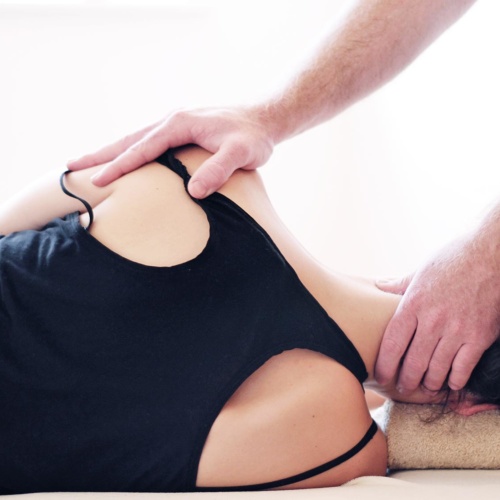‘Stress’ is something we hear a lot about, and many of us experience – but what is it, and how does it affect the body?
Put simply, the body’s stress response is all about survival. Your body thinks you’re in danger and is trying to keep you safe.
The stress response is part of the Autonomic Nervous System (ANS), which runs all our body functions that happen unconsciously, such as breathing, digestion, hormone production and our immune system. The ANS has different branches, and the two most involved in our stress response are the Sympathetic Nervous System (SNS) and the Parasympathetic Nervous System (PNS).
The Sympathetic Nervous System – fight or flight
The SNS is known colloquially as our ‘fight/flight’ response, as when it’s activated it sends messages to the body via stress hormones (adrenaline and cortisol) that your life is in danger. These cause respiration and heart rates to increase and blood to be redirected from your digestive system into your limbs to get you ready to either fight or run for your life.
The Parasympathetic Nervous System – rest/digest
This is balanced by the PNS – the ‘rest/digest’ response. Once we’ve got away from whatever threatened our lives, this mode is activated. Blood is returned to the digestive system and our heart and respiration rates return to normal. We feel safe and calm. Ideally, we’d be in this mode most of the time, and in the ‘fight/flight’ mode only a limited amount of time – only as long as is needed to escape the danger..
With stress, perception is reality
Unfortunately, our bodies cannot tell the difference between a genuine survival threat and our perception of pressure and urgency, so many of us spend a lot of time in a degree of ‘fight/flight’. Whether it’s work deadlines, family responsibilities, financial pressures or health challenges, feeling under pressure can trigger the SNS stress response. And if the pressure is ongoing – as it often is with these kinds of stressors, we can stay in ‘fight/flight’ for prolonged periods of time.
This can cause a variety of health issues and exacerbate most, if not all, existing ones. Tension headaches, digestive issues, trouble sleeping, perpetually tight muscles, feeling irritable and constantly tired are common effects of prolonged stress. It can also increase your perception of pain, making any existing pain feel worse, and lower your immune response. Hence the word: dis-ease, i.e., the opposite of ‘at ease’, or relaxed.
So how can we break this cycle?
The stress response is essentially triggered when the body thinks you’re under threat. Therefore, to turn off the stress response, we need to help the body to feel safe. The quickest and easiest way to do this is with long, slow breaths. Activities that use breathwork, such as tai chi, yoga, Pilates and qi gong are all great for this.
Soothing manual therapy, such as massage, can also help in more ways than one. In addition to helping activate the PNS, it can also help alleviate muscular pain and tension caused by being in ‘fight/flight’ mode. Think of those tense shoulders that creep up towards your ears, or your jaw that’s been working hard overnight as you grind your teeth (a common symptom of being in ‘fight/flight’ mode).
So, if your body is showing signs of stress, explore ways of making it feel safe.
Spend a few minutes taking long, slow breaths. Go for a walk. Take a Pilates class. Have a bath. Book yourself in for a massage. However you choose to reset, it’s important to take time to do it. You’re not just helping your body calm down; you’re making a valuable investment in your health.




